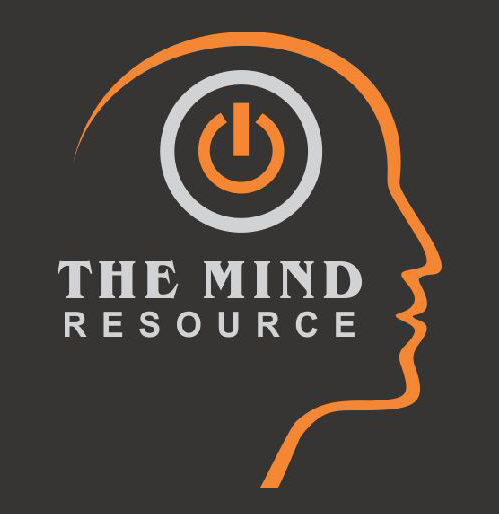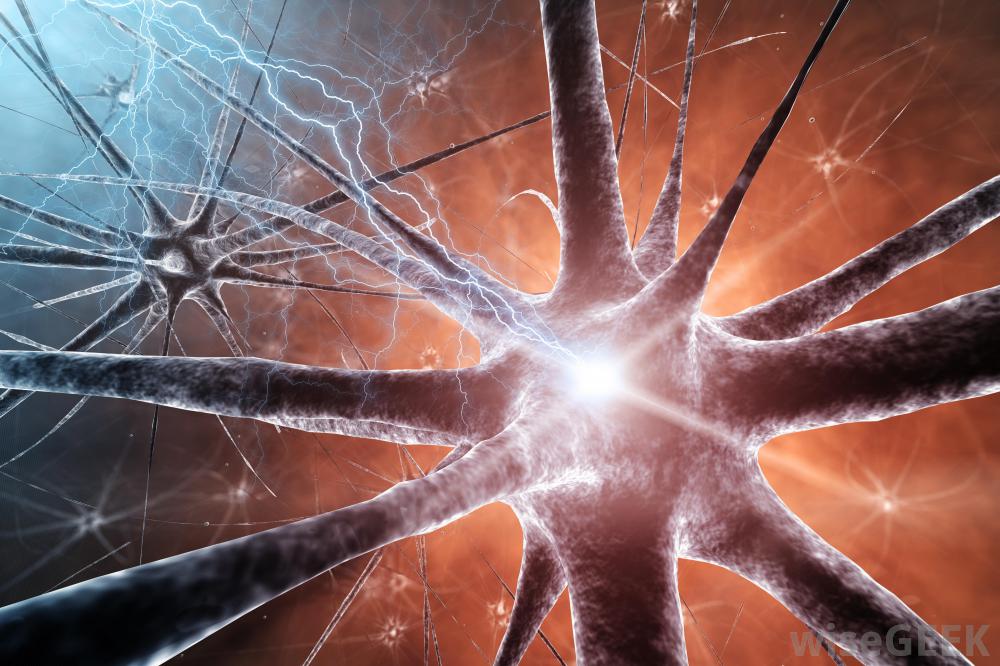Neurotransmitters: The Key to Mental Health?
by Emily Zacherle
Last week we talked about the nervous system structure and function, but did you know that many mental illnesses are linked to neurotransmitters? The various neurotransmitters within our bodies act like vehicles for messages traveling from cell to cell and play a key role in memory, mood, concentration, and many physical processes. Approximately 18% of adults in the US suffer from mental illness, of which only ~37% receive treatment. More often than not, we might think of mental illnesses as a disorder affecting primarily adults, but the average age of onset is only 11 years old. Mental illness can manifest into a number of outcomes affecting both the individual and society. Crime, homelessness, violence and substance abuse are only just a few of these outcomes.
While the exact number of neurotransmitters is not well understood, scientists do know that there are well over 100 in the human body, of which approximately 20% are of significant importance. Any abnormality in neurotransmitter availability or system function can potentially lead to a host of neurological and psychiatric disorders. Receptors (neurotransmitter activation) and transporters (neurotransmitter reuptake) dysfunction and abnormal amounts of neurotransmitters all play a significant role in the development of various mental disorders.
Serotonin, perhaps one of the most familiar neurotransmitters for most, helps control a number of physiological functions, including sleep, appetite, memory, pain and mood. Low levels of serotonin are most notably known for the development of depression and major depressive disorder. While only 2% of this “feel good” neurotransmitter is present in the central nervous system (CNS), it is thought to play a pivotal role in the etiology of a number of mental disorders, including bipolar disorder, anxiety, schizophrenia, addiction, attention deficit hyperactivity disorder (ADHD), and autism.
Dopamine, a neurotransmitter responsible for controlling movement and aiding the flow of inflammation to the front of the brain, plays a role in thought and emotion. Dopamine is more widely known to be involved in the development of Parkinson’s disease (PD). Outside of PD, low dopamine levels have been linked to tiredness, high levels of stress and poor motivation. In a more serious context, mental illnesses associated with improper function or availability of dopamine includes psychosis, schizophrenia, mania and ADHD.
Glutamate, an excitatory neurotransmitter, is the body’s most common neurotransmitter and the brain’s principal excitatory neurotransmitter. It enhances brain cell electrical flow, brain development, and is thought to aid in learning and memory. Like many of the previous neurostransmitters mentioned, glutamate plays a role in autism, depression, anxiety/stress, and schizophrenia, but also obsessive compulsive disorder (OCD) and trauma-related disorders.
There are many other important neurotransmitters that play a significant role in the development of mental disorders. As you can imagine, it can be extremely difficult to identify the underlying issue in many mental illnesses, as there is a significant amount of overlap in the effects of neurotransmitters. Often times there are other abnormal processes in the body which affect neurotransmitter function and availability. Despite the number of medications available which target these neurotransmitters, over half of individuals with mental illnesses are left completely untreated. Without treatment, the most obvious result is a steady decline in overall mental health. The longer someone goes without treatment, the harder it is to manage the disorder successfully. Additionally, untreated individuals may experience tense muscles, headaches, pains, gastrointestinal distress, among many other symptoms as a result.
Untreated mental illness makes it difficult to cope with many of life’s daily demands. A person may have job stability issues which lead to financial difficulty, unemployment, or worse homelessness. Over a third of the homeless have a mental illness. Not surprisingly, incarceration is often an outcome of untreated mental illness. Over 70% of female inmates and over 50% of male inmates have a mental illness, which is a staggering statistic. As you can imagine, many tragedies we hear through our friends or see on the news occur as a result of untreated mental illnesses.
Mental illness is a serious condition requiring treatment to prevent serious negative health outcomes. While drug treatment is an encouraged option, there are many diet and lifestyle changes you can make to potentially improve your mental health. Recent research has shown that low quality diets was associated with an 80% increase in the risk of depression in teens vs those who ate a higher-quality, whole foods diet. As many of us know, there are a number of benefits to participating in regular exercise, mental health included. Mental health is often improved as a direct result of the impact of exercise on reduced anxiety, depression, negative mood and improved self-esteem and cognitive function. Combine the two (diet and exercise) and imagine the potential for improved mental health.
While many of us regularly follow healthy diet and exercise routines already, this gives us just one more reason to follow our plans and stay motivated. Health lifestyle, healthy mind.
The above information was adapted from the following websites, articles and sources within each:
- Neuroscience. 2nd Edition. Chapter 6: Neurotransmitters. Located at https://www.ncbi.nlm.nih.gov/books/NBK10795/. Accessed October 27, 2017.
- Cruciani R. Neurotransmission. Located at https://www.merckmanuals.com/professional/neurologic-disorders/neurotransmission/neurotransmission. Accessed October 27, 2017.
- National Institute of Mental Health. Brain basics. Located at https://www.nimh.nih.gov/health/educational-resources/brain-basics/brain-basics.shtml. Accessed October 27, 2017/
- Cortese BM and Phan KL. The role of glutamate in anxiety and related disorders. CNS Spectr, 2005;10(10):820-30. Located at https://www.ncbi.nlm.nih.gov/pubmed/16400245. Accessed October 28, 2017.
- News Medical Life Sciences. Dopamine link to psychiatric and neurological disorders. Located at https://www.news-medical.net/news/2005/10/23/13972.aspx. Accessed October 28, 2017.
- Lin SH et al. Serotonin and mental disorders: a concise review of molecular neuroimaging evidence. Clin Psychopharmacol Neurosci. 2014;12(3):196-202. Located at https://www.ncbi.nlm.nih.gov/pmc/articles/PMC4293164/. Accessed October 28, 2017.
- Sharma A et al. Exercise for mental health. Prim Care Companion J Clin Psychiatry. 2006;8(2):106. Located at https://www.ncbi.nlm.nih.gov/pmc/articles/PMC1470658/. Accessed October 28, 2017.
- WebMD. Miller K. Can what you eat affect your mental health? Located at https://www.webmd.com/mental-health/news/20150820/food-mental-health#1. Accessed October 28, 2017.
- Psychology Today. Young JL. Untreated mental illness: understanding the effects. Located at https://www.psychologytoday.com/blog/when-your-adult-child-breaks-your-heart/201512/untreated-mental-illness. Accessed October 28, 2017.
- National Institute of Mental Health. Prevalence. Located at https://www.nimh.nih.gov/health/statistics/prevalence/any-anxiety-disorder-among-adults.shtml. Accessed October 28, 2018.

